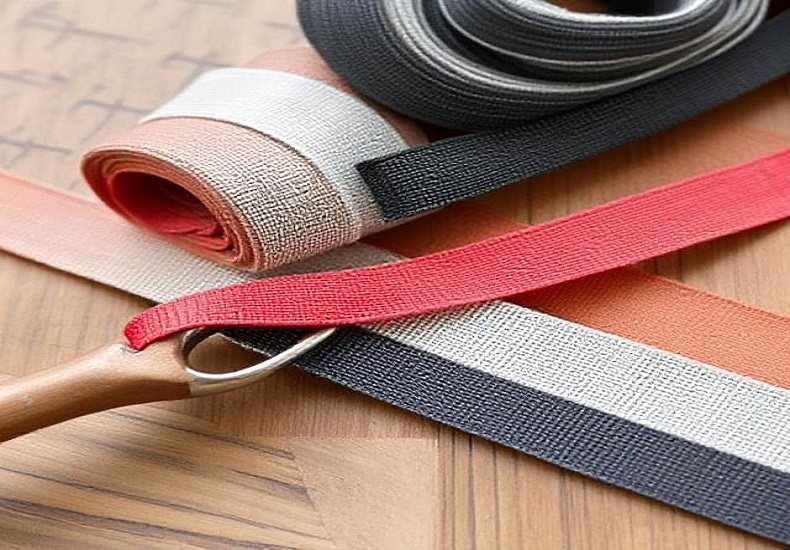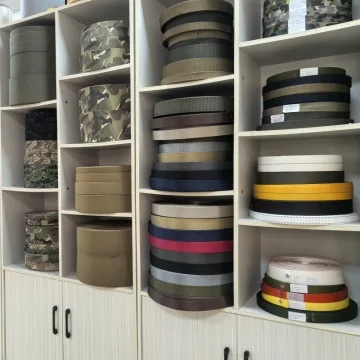
When it comes to upholstery, such as the seats and backrests of furniture, elastic webbing is essential for both comfort and durability. The elastic webbing you choose for your upholstery project will not only affect the appearance of the product, but also its durability.
Elastic webbing is a durable, stretchable fabric strip or belt, typically used on upholstered furniture to give proper suspension to the people. It’s made into tightly woven fabric and is used as a supportive foundation in upholstered furniture, usually in chairs, sofas or headboards. Placed under mattresses, it replaces or complements traditional springs and acts as the lowest layer that absorbs and transfers weight.
Elastic webbing is a must-have for sofas and chairs, as it provides the right amount of support and tension to the furniture, as it has the elasticity that the furniture itself must have. Elastic webbing is also popular in modern and mid-century furniture design.
Stretch and resistance are two variables that impact support. Webbing that is sufficiently loose may sag in response to gravitational forces, while excessively stiff webbing may become an impediment to comfort. Webbing in the medium to heavy tension range works well in most seating applications.
Elastic webbing is available in different widths which are typically 2 to 3 inches wide. Additionally, the wider the webbing, the better the weight is dispersed. Another reason for its rigidity is the thicker design. It is stronger under load and more durable when used repeatedly in the real world.
For outdoor or damp environments, choose webbing with UV protection and moisture repellence. This will help keep the sun fading and mildew at bay, so your patio furniture will look great for more years to come.
Think about how much weight the furniture is going to have to support. If the webbing is made specifically for heavy-use areas, it should be rated for this increased load capacity. But manufacturers may indicate this by the percentage of stretch or rebound capability.
Certain webbing has pre-existing markings (tension lines) or provided clips to make the webbing attachment easier and will allow installation in a linear fashion. Decide on what you’ll be using to attach webbing. Staples, webbing clips or tacking strips.

For sofas and chairs, strong elastic webbing is necessary to provide support to the seat. Soft thick or medium thickness webbing is ideal for backrests or headboards, as it favors comfort over support. Be sure to select the proper webbing for specific use to guarantee the best performance.
Choosing the right elastic webbing for your interior decoration project ultimately depends on the unique needs of your furniture. Everything from elasticity and material to width and weave quality will affect its performance. Investing in the right elastic webbing means you can have comfortable, beautiful and durable furniture. Whether you are a professional interior decorator or a DIY enthusiast, you should understand that choosing the right webbing will achieve greater success.